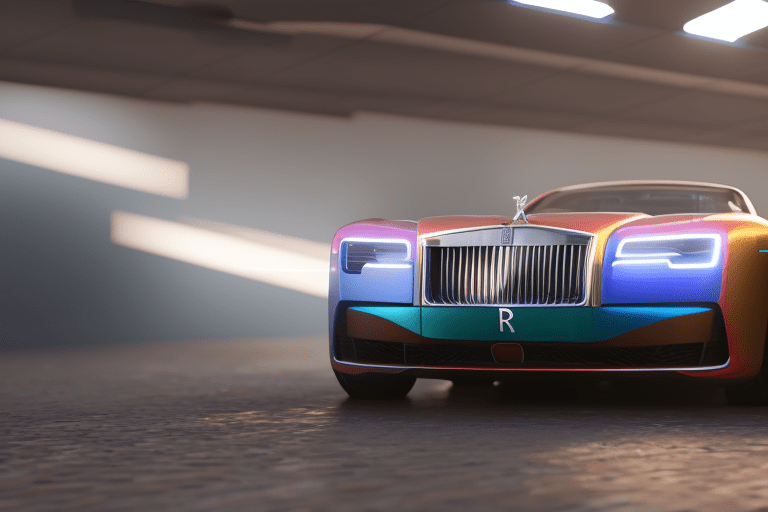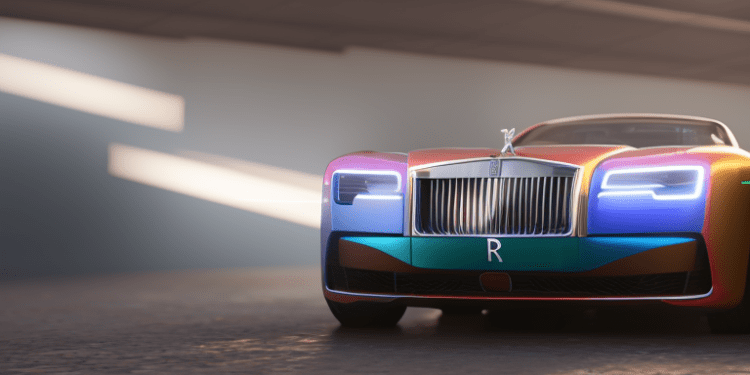Rolls-Royce has been a symbol of luxury and excellence for over a century, and now they are taking their commitment to quality to the next level with their plan to go fully electric. The brand’s all-electric Spectre prototypes have already been driven more than two million kilometers, with rigorous testing in extreme temperatures to ensure that the car meets the highest standards of performance. Rolls-Royce engineers have worked hard to refine every system, hardware item, and software protocol, with 25,000 separate performance-related functions to perfect.
The goal of this testing is to ensure that the car meets the expectations of the brand’s discerning clientele. As David Ogilvy famously said in an old Rolls-Royce ad, “at 60 MPH, the loudest noise in this new Rolls-Royce comes from the electric clock.” Rolls-Royce engineers are determined to uphold this standard of excellence with their first all-electric car. Dr. Mihiar Ayoubi, Director of Engineering at Rolls-Royce, said that “as the first all-electric Rolls-Royce, Spectre represents not just a new paradigm in our technology but the entire future direction of our brand.”
The team has put in over 1500 hours of work to perfect the car’s regenerative braking system, ensuring that it feels effortless but present. With such dedication to quality and innovation, it’s no wonder that Rolls-Royce is still considered the “standard of the world” in luxury vehicles. As they continue to develop their all-electric car, we can expect nothing less than excellence from the iconic brand.
FAQ
Q1. How electric car batteries work?
A1. Electric car batteries are typically lithium-ion batteries that store energy and power the motor. They are recharged by plugging the car into an electric outlet or charging station.
Q2. What electric car has the longest range?
A2. The Tesla Model S has the longest range of any electric car currently on the market, with a range of up to 370 miles on a single charge.
Q3. How electric car chargers work?
A3. Electric car chargers work by connecting the car to an electrical outlet or charging station and transferring electricity from the outlet to the car’s battery. The amount of time it takes to charge the battery depends on the type of charger and the size of the battery.








